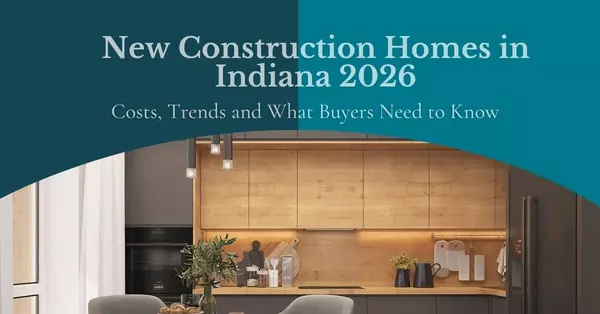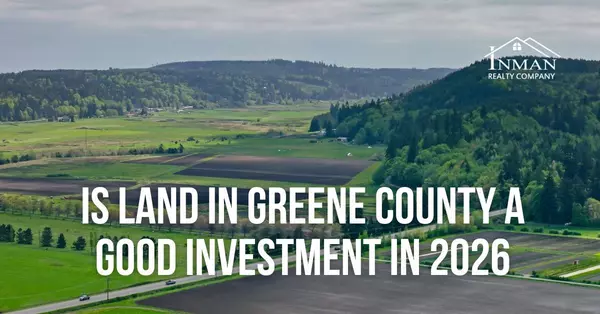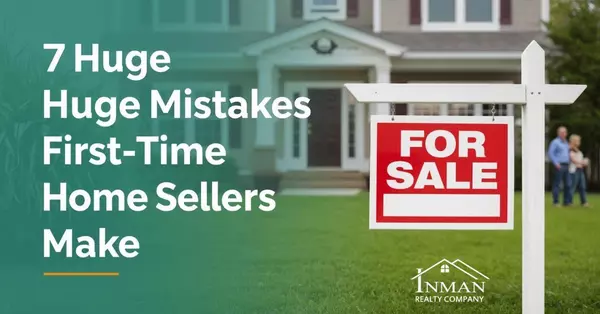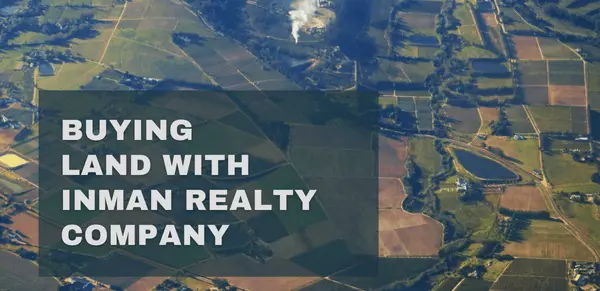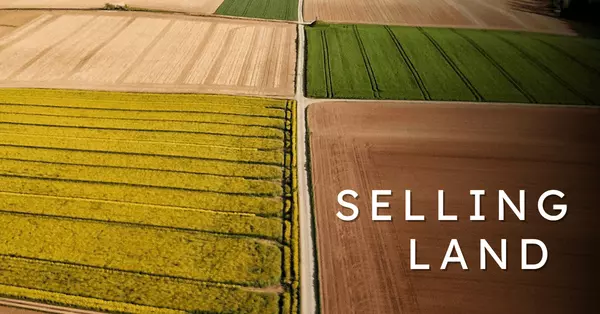Why New Construction in Indiana Is Gaining Traction in 2026
1. Affordability and Growth Potential
Indiana remains one of the most affordable states for new construction in 2026. Home price appreciation is projected to increase 4 to 6 percent annually, according to the housing forecast by the Jake N Finance Group.
This steady growth combined with Indiana’s lower entry prices makes new construction homes appealing for both homeowners and investors looking for long-term value.
2. New Home Trend Styles Are Evolving
The most in-demand home styles going into 2026 include modern farmhouses, barndominiums, and compact energy-efficient cottages.
These trends are highlighted by New Home Source, and Indiana builders are adjusting to offer more flexible and customizable designs that align with buyer preferences.
3. Builders Are Adapting to Market Conditions
Builders across Indiana and the Midwest are adjusting to rising material costs and interest rate shifts. They are improving efficiency and offering incentives to make new homes more accessible.
According to AudienceTown, newly built homes generally cost less to maintain than older homes.
For Indiana buyers this translates to long-term savings and better value.
What It Costs to Buy or Build a New Construction Home in Indiana in 2026
Purchase Price and Lot Costs
Nationally, new construction prices are trending around $400,000 and higher, according to AudienceTown.
However, Indiana remains more affordable, especially in rural and non-metro counties where new construction homes often fall below the national average.
Hidden Costs and Building Premiums
When budgeting for new construction, consider these important expenses:
• High-end finishes and custom upgrades
• Lot development including grading, utilities, and septic for rural areas
• Driveway installation or gravel exceptions
• Energy-efficient systems and smart-home wiring
• HVAC, insulation, and structural upgrades
New homes also have reduced long-term maintenance costs. Older homes may require maintenance close to one percent of their value annually, while new homes may require as little as 0.2 percent, according to AudienceTown.
Financing also remains a factor. Rate reductions and builder incentives can dramatically improve affordability.
Insights from North Eastern Group Realty suggest watching rate trends before locking in.
Homes Are Becoming Smaller and More Efficient
Builders in Indiana are offering efficient floor plans and slightly smaller homes to maintain affordability.
Axios reports that today’s new construction homes prioritize space efficiency and smart layouts.
2026 Trends You Should Know When Buying New in Indiana
Energy Efficiency and Smart Home Features
Homebuyers expect features like high-efficiency HVAC systems, smart thermostats, advanced insulation, and integrated smart-home technology. These features support lower monthly bills and higher resale value.
Style Preferences for 2026
The top trending home styles include:
• Modern Farmhouses
• Barndominiums
• Contemporary Cottages
Choosing one of these styles can boost long-term appeal according New Home Source.
Builders Offering Incentives
Builders are becoming more creative with incentives such as rate buy-downs, reduced cost upgrades, and lot allowances.
AudienceTown notes that incentives will remain strong throughout 2026 as demand continues.
Location and Inventory Impact Value
Some areas of Indiana are seeing lower permit activity which limits inventory.
The Farnsworth Group emphasizes that low inventory increases competition and property value.
Choosing a location with growth, infrastructure improvements, and community development gives buyers an appreciation advantage.
What Indiana Buyers Need to Know Before Signing a New Construction Contract
1. Understand What Is Standard vs. Upgraded
Review all included features compared to optional upgrades before signing your contract. Flooring, appliances, fixtures, and exterior finishes vary by builder.
2. Evaluate Lot and Site Conditions
Before building in rural Indiana, check the following:
• Utility access
• Water, sewer, or septic needs
• Fiber internet or broadband
• Soil conditions and perc test results
• Easements and road access
• Site prep costs
These details directly influence timeline and budget.
3. Builder Reputation and Warranty
Choose a builder with proven quality, transparent processes, and strong warranty coverage. Always ask about their experience, average build time, and post-construction support.
4. Expect Timeline Variations
New construction may be impacted by material delays weather conditions and inspection schedules. Planning ahead helps prevent stress or unexpected housing gaps.
5. Consider Long-Term Resale Value
Opt for timeless finishes energy-efficient systems and trending yet practical designs. Location, school districts, and surrounding amenities significantly influence resale performance.
6. Plan Your Financing Ahead of Time
Interest rates may soften but not dramatically according to projections from North Eastern Group Realty and 28First.
If you plan to build consider locking in a rate early or using builder incentives such as temporary or permanent rate buy-downs.
Is 2026 a Good Time to Buy or Build a New Construction Home in Indiana
Yes. Indiana remains one of the strongest states for new home construction in the Midwest.
With appreciation expected to grow 4 to 6 percent annually per the Jake N Finance Group and continued demand for modern efficient living, 2026 is a solid time to buy or build.
Key Takeaways and Action Steps
• Budget realistically and factor in all costs
• Choose a reputable builder
• Ask about incentives and rate buy-downs
• Select trending but timeless home styles
• Monitor rate trends
• Consider long-term resale value
• Prepare for build timeline adjustments
Browse All Listings in Indiana
Explore available new construction homes land and residential properties in Southern Indiana.
Categories
Recent Posts
